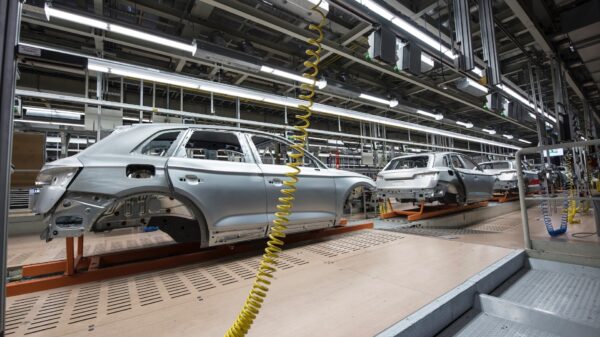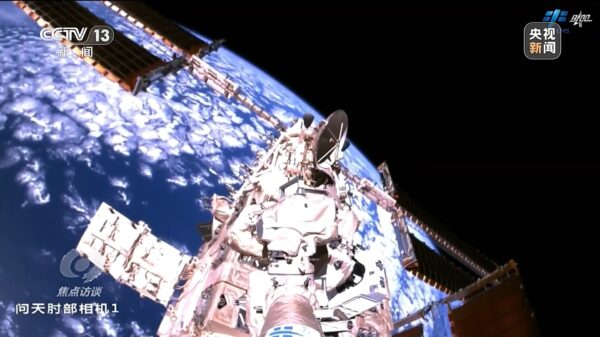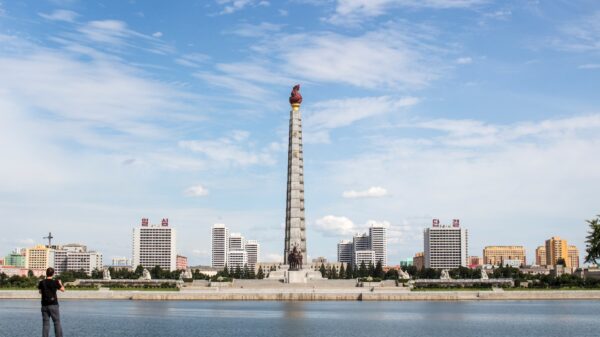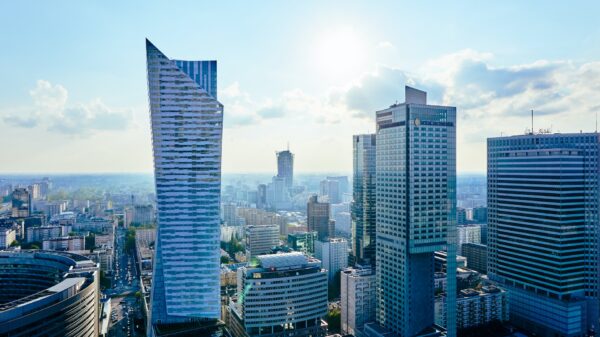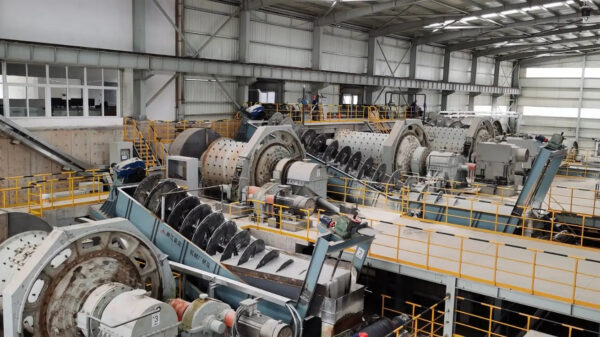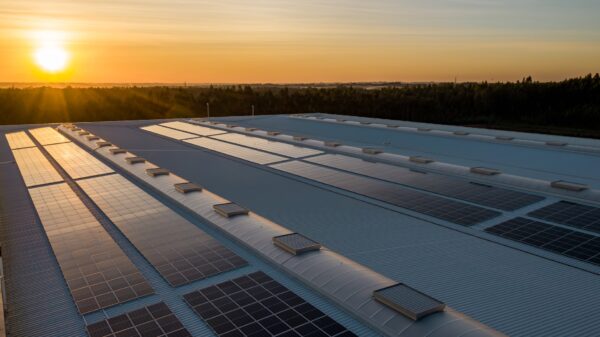In the expanding panorama of Asia's space sector, the limelight often falls upon the significant endeavours of Japan, China, and India, inadvertently sidelining the potential of other nations in the region. Recently, international media have highlighted Southeast Asian countries including Thailand, Vietnam and South Korea, which harbour plans to cultivate their space sectors through space tourism, novel satellite construction, and the development of new launch systems.
Amid the global interest riveted on the US-China space race, lesser-known Southeast Asian countries are quietly yet actively nurturing their respective space sectors. Thailand and Vietnam are particularly noteworthy due to. . .










